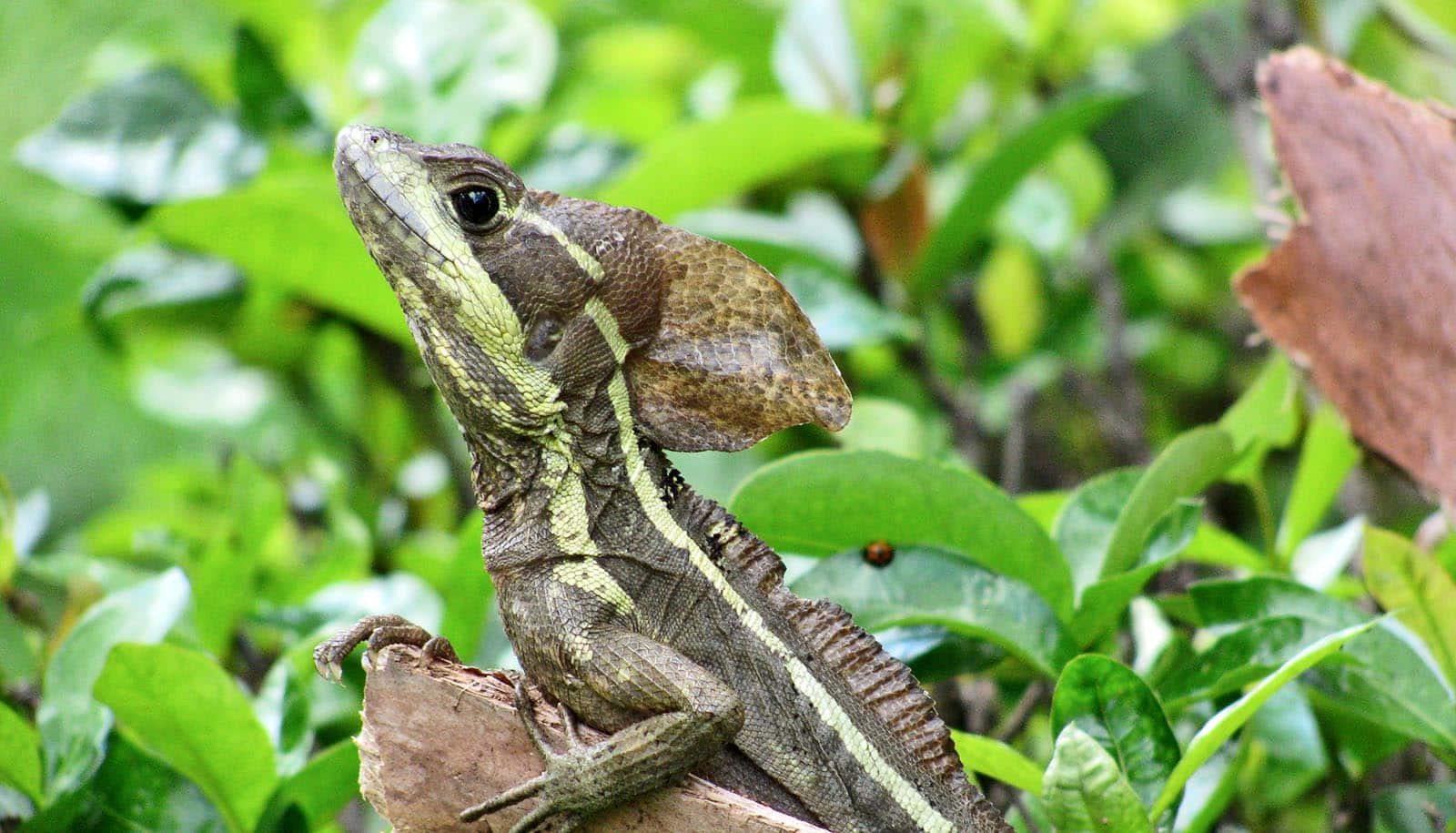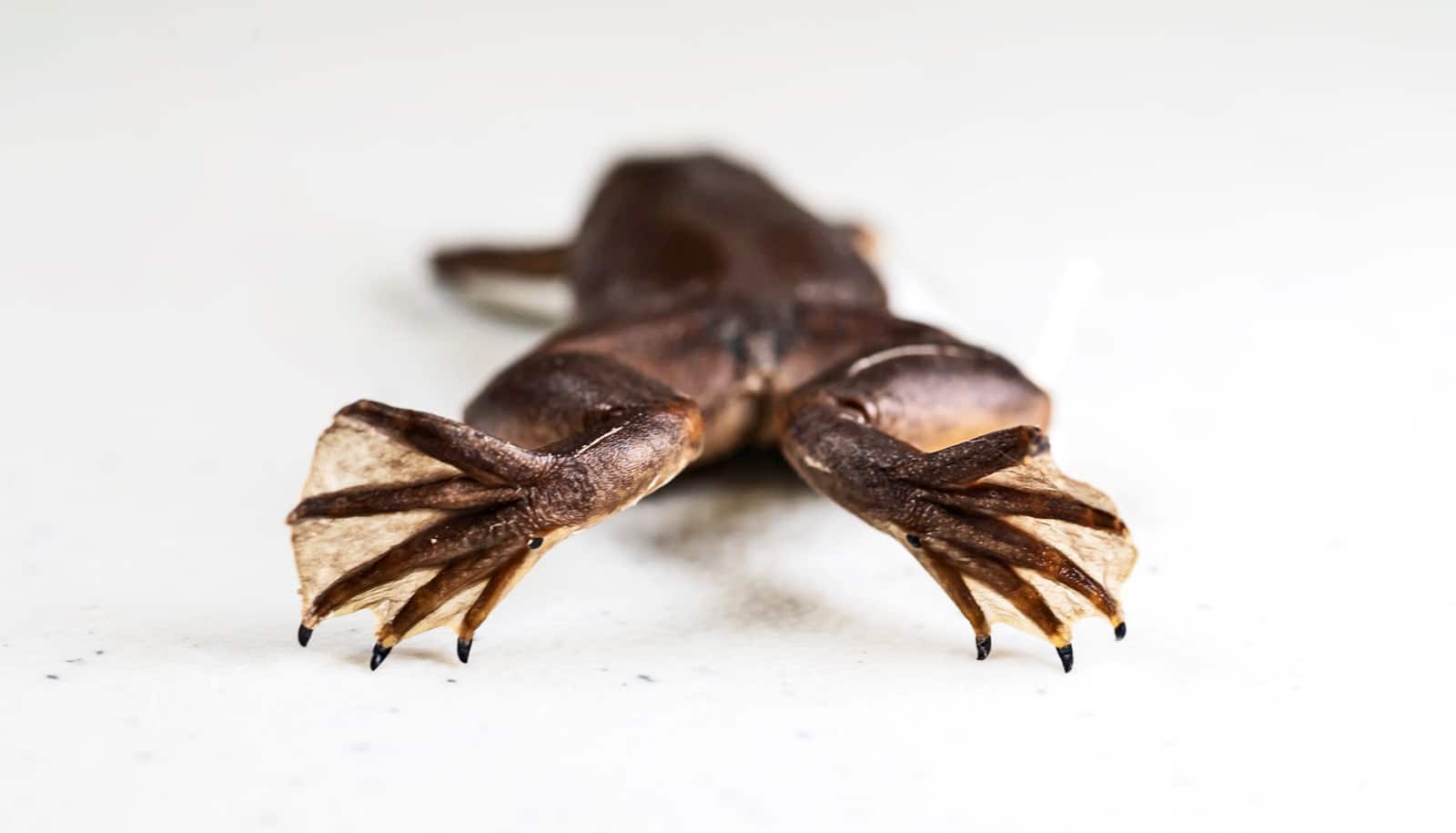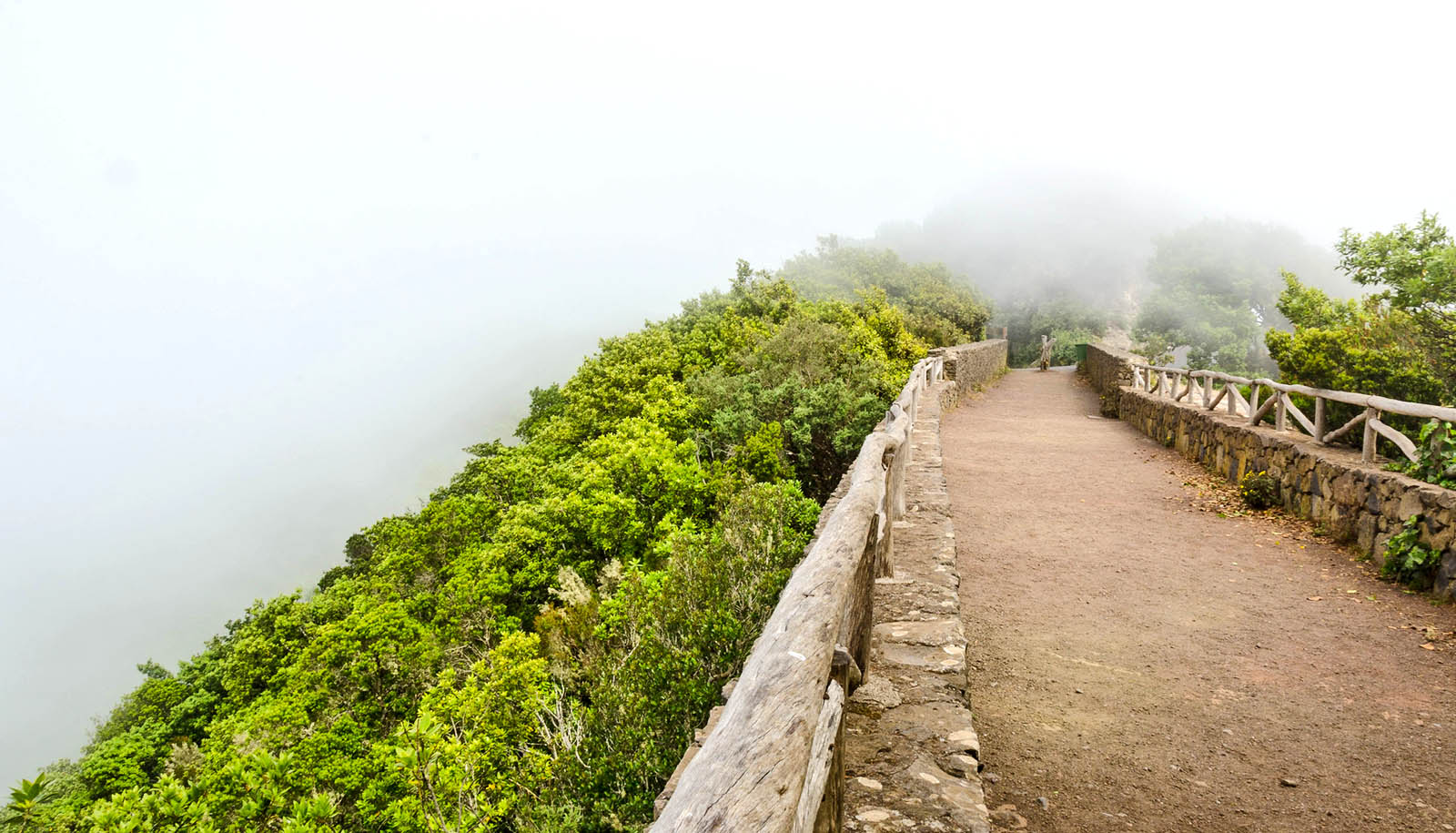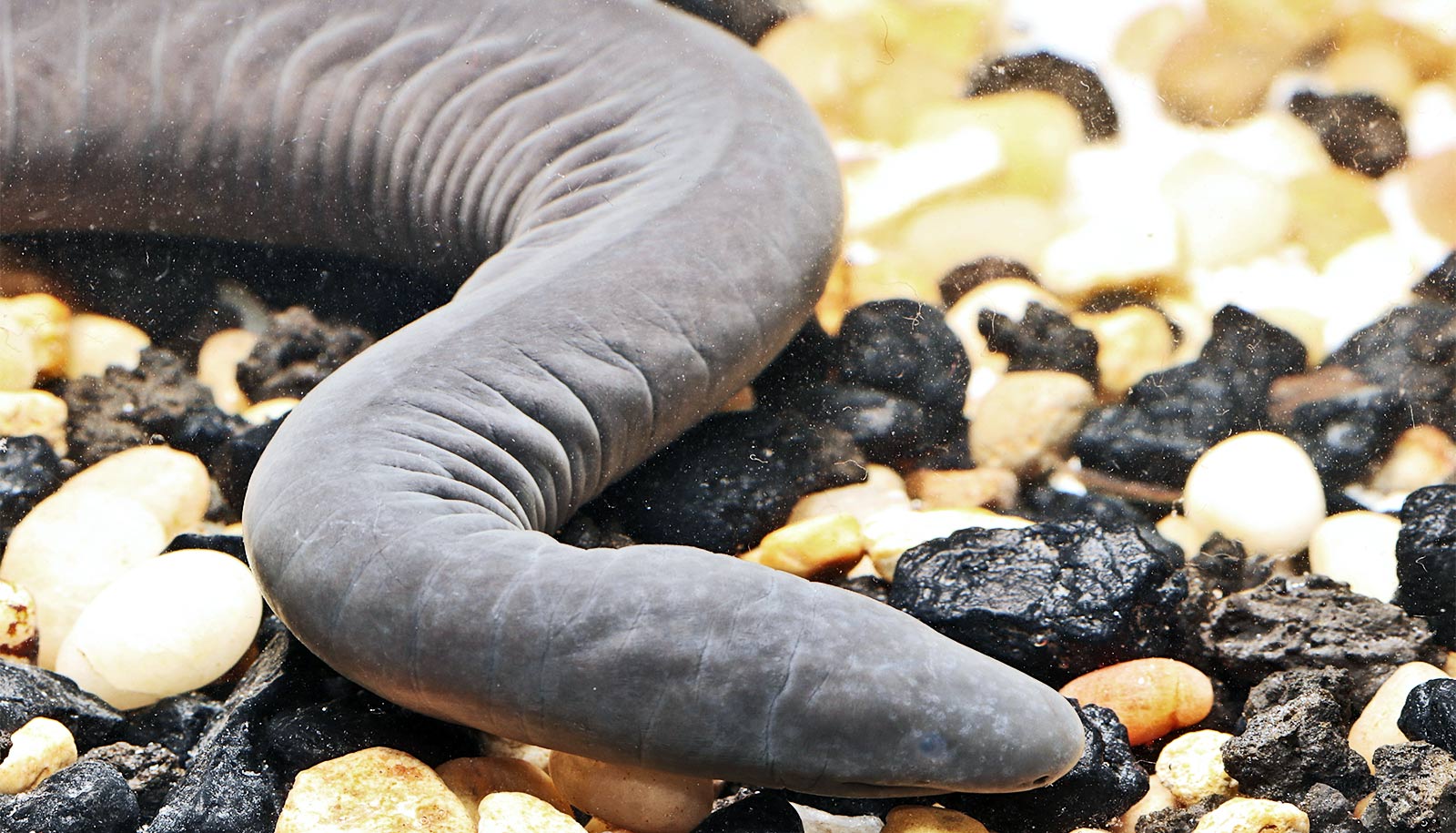The brown basilisk, a nonnative lizard, is gaining ground across South Florida, and University of Florida scientists need more data to determine its status and potential impacts.
Wildlife specialists with the UF Institute of Food and Agricultural Sciences (UF/IFAS) depend on geographic information to determine this lizard’s potential impacts on the environment, wildlife, and human health. They need more information to stay ahead.
“We receive anecdotal reports of brown basilisks in areas where the reported sightings are thin and sporadic, but we know they are thriving in South and Central Florida. There are reports of brown basilisks from the Florida Keys to Gainesville,” says Ken Gioeli, a natural resources and environment agent at University of Florida Institute of Food and Agricultural Sciences (UF/IFAS) Extension St. Lucie County. “Residents and visitors can enhance the data by taking photos of brown basilisks and uploading them to EddMapS or the IveGot1 app.”
This call to action goes out as National Invasive Species Awareness Week begins on February 20.
The lizard has prominent markings and characteristics that distinguish it from other reptilian species. Most notable is the head crest. They also appear to run across water. There remains a mystery to scientists about how far and wide they have spread and what they are eating and disturbing.
To help residents and visitors identify the brown basilisk, a peer-reviewed Extension document is available in English and Spanish. UF/IFAS faculty hope the information will galvanize more people to report the species.
“Providing information in multiple languages is vital to extending the reach in search of scientific data,” says Lourdes Perez Cordero, an agriculture and natural resources agent at UF/IFAS Extension Highlands County. “Hispanics living throughout Florida can provide valuable insight to the presence of brown basilisks in places where they haven’t been reported previously. Their feedback also enriches our general knowledge of these lizards and helps us develop more educational materials for Spanish speakers in the future that can reach local communities in both languages.”
Currently, numbers indicate that the reptiles are in South and Central Florida.
“It is important for us to determine where the invasion front currently is, where it might be heading, and the numbers likely to be found,” says Gioeli, a coauthor of the document. “Right now, we can work with the limited reported sightings on EddMaps, but scientists need more accurate numbers.”
Of particular interest is the space between Orlando and Palm Beach County, says Gioeli. “We know the brown basilisks are on the Treasure Coast, and we can see there is a likely move northward and west.”
Florida’s west coast has also seen sporadic reports. More residents reporting their locations provides credible research-based information to scientists and keeps residents informed among local communities.
The additional geographic points can give researchers a jump ahead of the invasion front and start letting people know what to watch out for. This will help scientists record how far and wide the brown basilisk continues to spread while studying their behaviors, impacts, and potential as an invasive species.
“There is still a lot we don’t know about the impacts of brown basilisks in south and central Florida,” Gioeli says.
While not all nonnative species evolve to become invasive, those that become established can affect waterways, wildlife, agriculture and urban areas—a concern for scientists, wildlife organizations, and communities.
Key things to know about the brown basilisk:
- The brown basilisk is in the family Corytophanidae, also known as iguanian lizards. They go by several names, such as helmeted or casque-headed lizards due to their head crests and as “Jesus lizards” because they can sprint across the surface of waters when fleeing predators.
- Brown basilisks are brown or dark olive. They have a distinct yellow or cream-colored stripe on each side of their body that runs from the eye down their back. A second stripe is often visible on the face extending to the shoulder. They have long, thin tails and long rear toes. Adults can range in size from 11 to 27 inches.
- A study published in the journal Frontiers in 2022 finds that Culex mosquitoes prefer to feed on nonnative lizards. The brown basilisks are among five identified nonnative lizards that could potentially serve as significant hosts for West Nile virus and St. Louis encephalitis virus vectors in Florida.
- As of February 2023, more than 160 specimens have been collected and recorded at the Florida Museum of Natural History Herpetology Collection database. The range of specimens in the database are from primarily coastal counties stretching from Brevard to Monroe, with additional samples from Manatee, Lee, Pinellas, and Collier counties. The southern shore of Lake Okeechobee also has established populations.
- While they are typically found near fresh water, including canals, shorelines of lakes, retention ponds, and ditches, they prefer areas with thick vegetation and are often seen basking and searching for insects on sidewalks, roads, and parking lots.
Source: University of Florida



